38 food labels with additives
Additive labelling - Healthy Food Guide Food additives normally come under a 'class' which is a category that indicates what the food additive does. Examples of classes include preservatives, sweeteners, colours and flavour enhancers. Food additives are also assigned international code numbers - these are the numbers that we see on food labels. These numbers can be used in ... 12 Common Food Additives — Should You Avoid Them? - Healthline Chicken, beef, fish, pork, legumes, nuts, eggs and tempeh are just a few delicious high-protein foods that you can add to your diet in place of processed meats. Summary Sodium nitrite is a common...
Labelling of Food Additives | Food Additives | Food Legislation ... - FSAI Labelling of food additives not intended for sale to the final consumer Food additives not intended for sale to the final consumer, whether sold singly or mixed with each other and/or with food ingredients, may only be marketed with the labelling provided for in Article 22 of Regulation (EC) No 1333/2008. This information must be easily visible ...
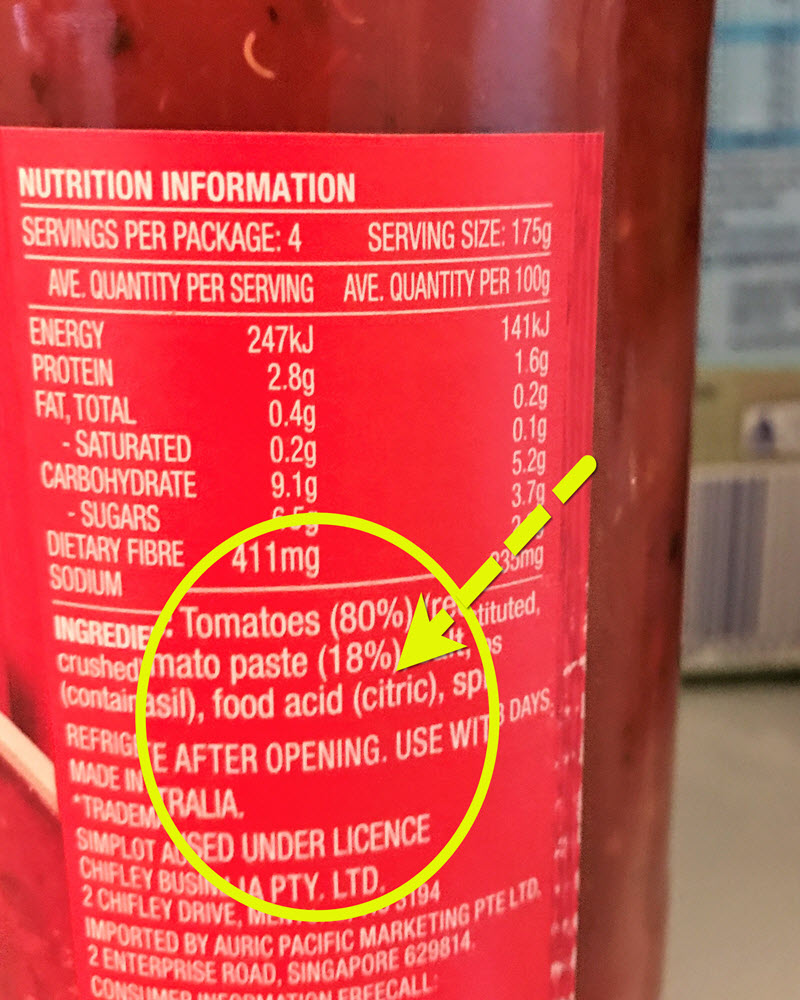
Food labels with additives
Food additive labelling - Food Standards Most food additives must be listed by their class name followed by the name of the food additive or the food additive number, for example, Colour (Caramel I) or Colour (150a). Enzymes and most flavourings (or flavour) do not need to be named or identified by a food additive number and can be labelled by their class name only. Understanding Food Labels - Food Ingredient Facts Food labels are required to list all ingredients contained in the food in descending order based on the amount found in the final product. Most food additives are therefore found toward the end of the ingredient list. This indicates they are used in very small amounts in the food, generally less than two percent of the product. Food Additives: Definition, Uses, Examples, Types, Preservaties What are the benefits of food additives? Ans: Food additives improve the quality, texture, consistency, appearance, and other technical requirements of the food material. Q.4. What are the most common food additives? Ans: Preservatives, artificial sweeteners, colouring agents, and antioxidants are the commonly used food additives. Q.5.
Food labels with additives. Food Additives Examples, Types & List - Study.com Food additives, such as ascorbic acid and other preservatives, are added to fresh foods to prevent the growth of harmful bacteria and mold. Wax is a food additive used as a covering over the skin... Food Additive Status List | FDA Additives included are those specified in the regulations promulgated under the FD&C Act, under Sections 401 (Food Standards), and 409 (Food Additives). The Food Additives Status List includes... Food Labeling & Nutrition | FDA Food labeling is required for most prepared foods, such as breads, cereals, canned and frozen foods, snacks, desserts, drinks, etc. Nutrition labeling for raw produce (fruits and vegetables) and... Common food additives and chemicals harmful to children Web26.07.2021 · They all contain food additives or chemicals that can be dangerous for children. Over the last few decades, the number of chemicals added to foods and other products has skyrocketed. We have created all sorts of plastics that are used in innumerable ways. We add preservatives to foods to keep them fresh. We add chemicals to foods to …
Food additives | EFSA Food additives are substances added intentionally to foodstuffs to perform certain technological functions, for example to colour, or to help preserve foods. ... The most common additives to appear on food labels are antioxidants (to prevent deterioration caused by oxidation), colours, emulsifiers, stabilisers, gelling agents and thickeners ... 50 Jawdroppingly Toxic Food Ingredients & Artificial Additives to Avoid WebNot required to be listed on food labels. Propyl gallate: Found in meats, popcorn, soup mixes and frozen dinners. Shown to cause cancer in rats. Banned in some countries. Deemed safe by FDA. Olestra: Fat-like substance that is unabsorbed by the body. Used in place of natural fats in some snack foods. Can cause digestive problems, and also not healthy for the … Additives in food products - EU labelling rules - Your Europe In an ingredient list, most food additives and food enzymes must be preceded by the name of the category to which they belong (examples: antioxidant, emulsifier, preservative). List of all additives - annex 2 part B of the EU regulation on food additives Classes of food additives - annex 1 of the EU regulation on food additives CPG Sec 500.250 Food Additives Conditions may include the maximum quantity of such additive which may be used, or permitted to remain, in or on such food, and any directions, or other labeling requirements, deemed necessary to...
Food Ingredients & Packaging | FDA Apr 21, 2021 · Overview of Food Ingredients, Additives & Colors; Determining the Regulatory Status of a Food Ingredient; Packaging & Food Contact Substances. Access program information, inventories, and ... Read Your Labels: The "Top Ten" Additives to Avoid: A Recap These "excitoxins" can be found in soups, broth, flavoring additives, chips, dips, soup mixes, ramen noodles, frozen meals, snack mixes, canned fish, and a wide variety of other dishes - including "natural," "vegetarian," and organic ones. Why you should avoid them: Food additives - Canadian Food Inspection Agency There are 15 Lists of permitted food additives, which are housed on the Health Canada website, and organized by major functional categories: Anti-caking agents Bleaching, maturing and dough conditioning agents Colouring agents Emulsifying, gelling, stabilizing or thickening agents Food enzymes Firming agents Glazing and polishing agents How to read food labels | healthdirect Webinformation for people with food allergies; a list of food additives; directions for use and storage; the country where the food was produced; Understanding nutrition claims. Some labels tell you what percentage of the recommended daily intake is provided by 1 serve of the product. This helps you to work out how the food fits into a balanced diet.
Color Additives | FDA - U.S. Food and Drug Administration WebUnder the Federal Food, Drug, and Cosmetic Act (Chapter VII, section 721), color additives, except for coal tar hair dyes, are subject to FDA approval before they may be used in food, drugs, or ...
Food Additive Listings | FDA Color Additive Status List. Food and Color Additives: Final Rules by Year. Food Additive and Color Additive Petitions Under Review or Held in Abeyance. GRAS Notice Inventory. Substances Added to ...
E number - Wikipedia WebE numbers ("E" stands for "Europe") are codes for substances used as food additives, including those found naturally in many foods such as vitamin C, for use within the European Union (EU): 27 and European Free Trade Association (EFTA). Commonly found on food labels, their safety assessment and approval are the responsibility of the European Food …
Food Additives - Canada.ca WebThe Food and Drug Regulations (the Regulations) require that food additives must meet certain standards for identity and purity in order for the additive to be considered food-grade. These standards, or specifications, were updated in the Regulations on December 14, 2016, in part to replace specifications that were set out in the Regulations for certain food …
Organic food additives | Polynt However, even in so-called organic food some additives are allowed. Below, a quick overview on the organic food additives, classified as follows: Colorants from E100 to E199, including curcumin (E100), cochineal (E120), amaranth (E123), chlorophyll and chlorophyllin (E140), caramel (E150a), paprika extract (E160c), betanin (E162), tannin (E181 ...
Overview of Food Ingredients, Additives & Colors | FDA On a product label, the ingredients are listed in order of predominance, with the ingredients used in the greatest amount first, followed in descending order by those in smaller amounts. The label...
Food Additives Labeling - LabelCalc Color Additives: Color additives have their own separate list, much like the Food Additives List, called Color Additive Status List. If you have trouble finding a particular additive, you can call (240) 402-1200 and speak to the CFSAN Office for Food Additive Safety.
Food additives | Food Standards Agency The additives that you are most likely to come across on food labels are: antioxidants - these stop food becoming rancid or changing colour by reducing the chance of fats combining with oxygen...
Food Label Misconceptions - Food Ingredient Facts The truth of the matter is that food labels, including those with long lists of scientific names, are clean and safe themselves; and to get rid of these naturally-occurring, supportive ingredients and additives only serves to reduce taste, convenience, shelf-life, and overall food efficiency.
Food additives - World Health Organization Jan 31, 2018 · Food additives can be derived from plants, animals, or minerals, or they can be synthetic. They are added intentionally to food to perform certain technological purposes which consumers often take for granted. There are several thousand food additives used, all of which are designed to do a specific job in making food safer or more appealing. WHO, together with FAO, groups food additives into ...
Food labels: What are additives and E-numbers? - AngeNoy.com Additives can be natural or artificial in origin, and can be listed with either an e-number or a name, such as Sweetener (Aspartame), or Sweetener (E951). What are E-numbers? E-numbers are reference code numbers given to different chemicals that have undergone safety tests and been approved for use as food additives throughout the European Union.
Food labels - Better Health Channel Food additives are included in the ingredient list according to their class and purpose (for example anti-caking agent). In most cases, a chemical name or food additive number will be listed after the class. Enzymes and most flavourings only need to list their class name: ... Food labels are important for people with food allergies or ...
Additives - Food Safety Added to food for technological purposes in its manufacture, processing, preparation, treatment, packaging, transport or storage, food additives become a component of the food. Additives can be used for various purposes. EU legislation defines 26 "technological purposes". Additives are used, among other things, as:
Additives - Food Standards Labelling Food additives in most packaged food must be listed in the statement of ingredients on the label. Most food additives must be listed by their class name followed by the name of the food additive or the food additive number, for example, Colour (Caramel I) or Colour (150a).
8 misleading food marketing labels | AGDAILY So, even though it is true, a "No Added Hormones" label on your chicken, turkey, or bacon is a bit deceptive because it's true whether they've decided to add that label to the packaging or not. Hormones are allowed to be provided to beef cattle so that they grow quicker and, therefore, require less feed.
Food Labels | Nutrition.gov What's New with the Nutrition Facts Label. HHS, Food and Drug Administration. The U.S. Food and Drug Administration (FDA) has updated the Nutrition Facts label on packaged foods and beverages with a fresh design that will make it easier for you to make informed food choices that contribute to lifelong healthy eating habits. What's in a Name?
Food and drink additives you should avoid. | CHOICE Colours and cancer. Two long-term feeding studies showed that erythrosine (127) increases the incidence of thyroid tumours in rats. But a review of these and other available data by the Joint Expert Committee on Food Additives (JECFA), which is administered jointly by the Food and Agriculture Organisation of the United Nations and the World Health Organization (WHO), concluded the colour is safe.
Food Additives: Definition, Uses, Examples, Types, Preservaties What are the benefits of food additives? Ans: Food additives improve the quality, texture, consistency, appearance, and other technical requirements of the food material. Q.4. What are the most common food additives? Ans: Preservatives, artificial sweeteners, colouring agents, and antioxidants are the commonly used food additives. Q.5.
Understanding Food Labels - Food Ingredient Facts Food labels are required to list all ingredients contained in the food in descending order based on the amount found in the final product. Most food additives are therefore found toward the end of the ingredient list. This indicates they are used in very small amounts in the food, generally less than two percent of the product.
Food additive labelling - Food Standards Most food additives must be listed by their class name followed by the name of the food additive or the food additive number, for example, Colour (Caramel I) or Colour (150a). Enzymes and most flavourings (or flavour) do not need to be named or identified by a food additive number and can be labelled by their class name only.


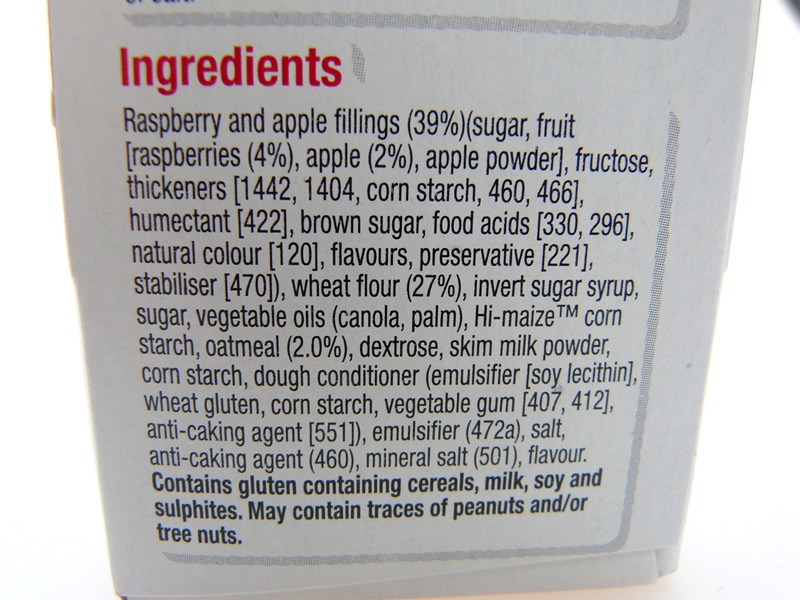
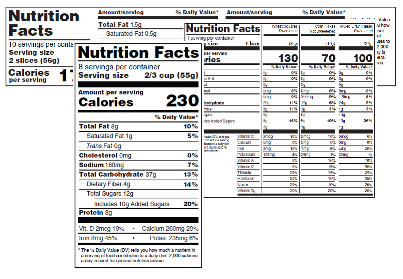
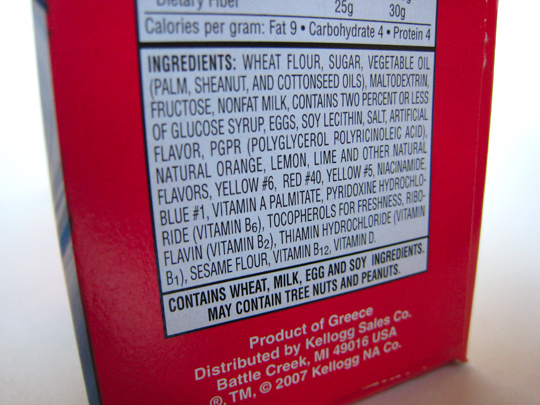

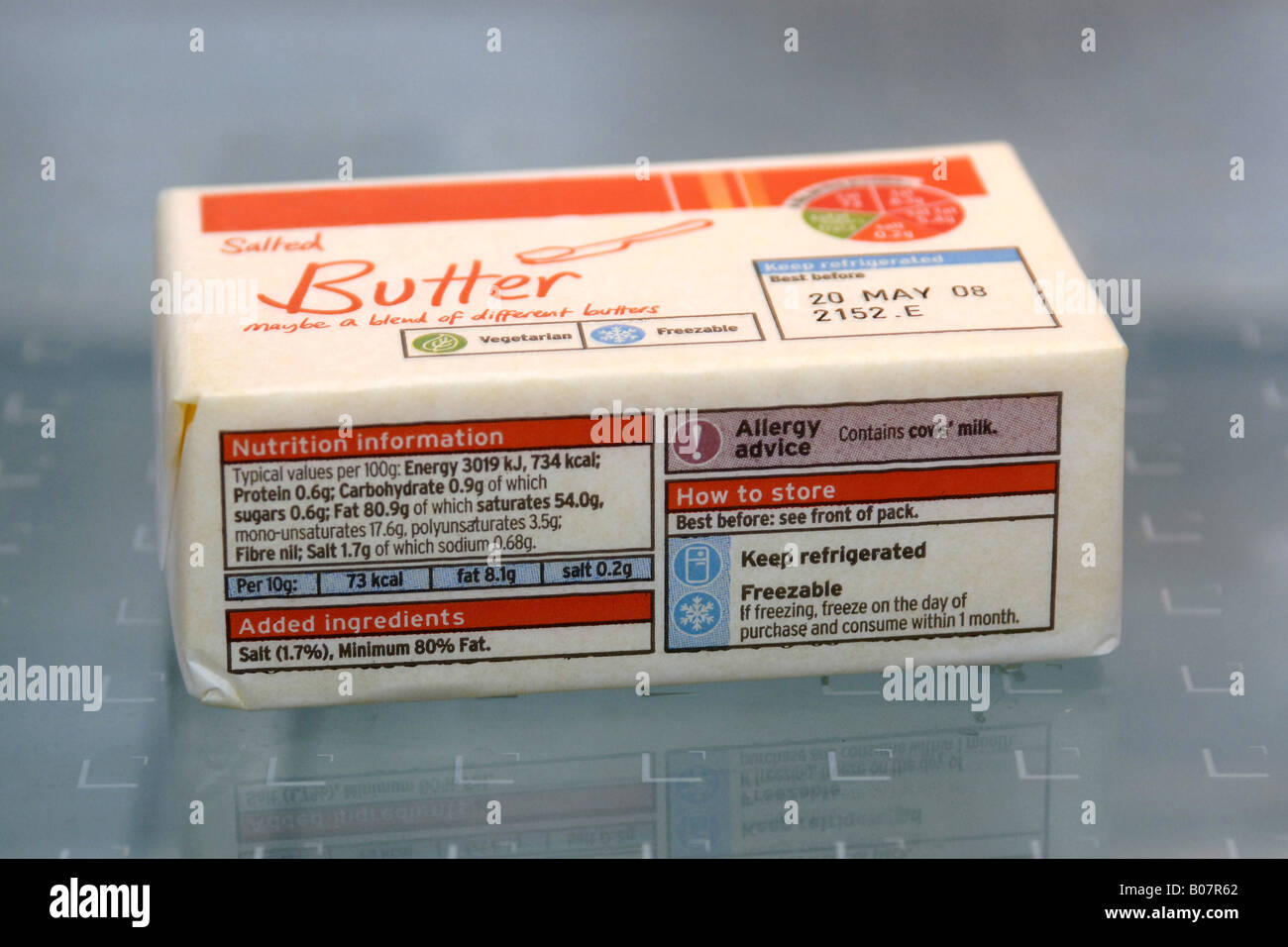


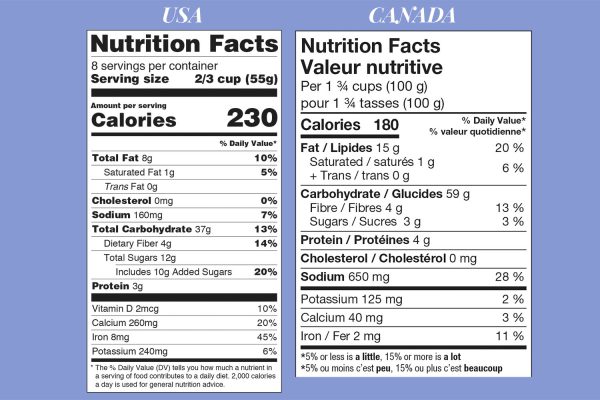


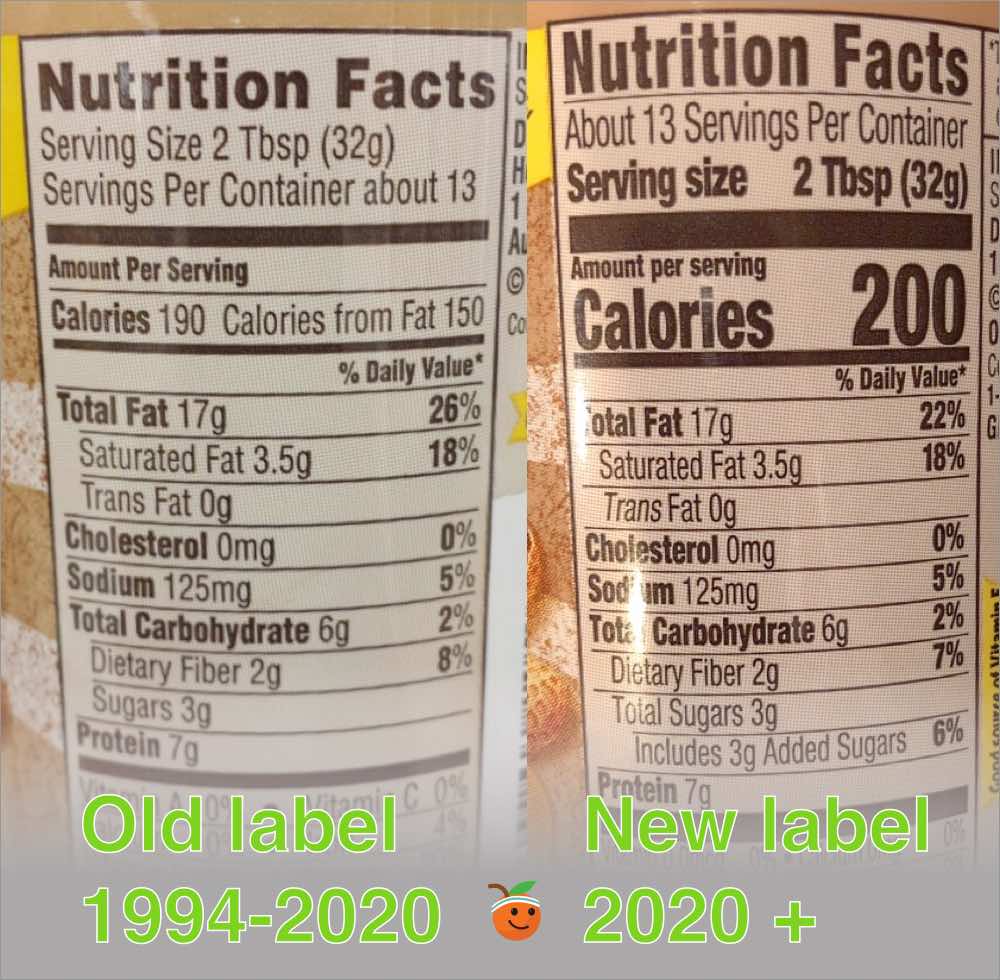

/Food-label-Envision-575f13f25f9b58f22ee9a2dc.jpg)

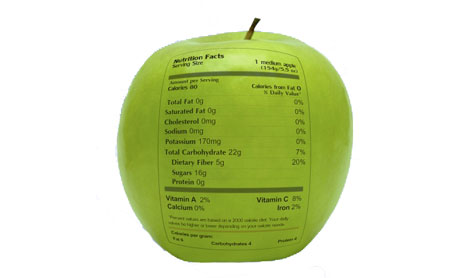

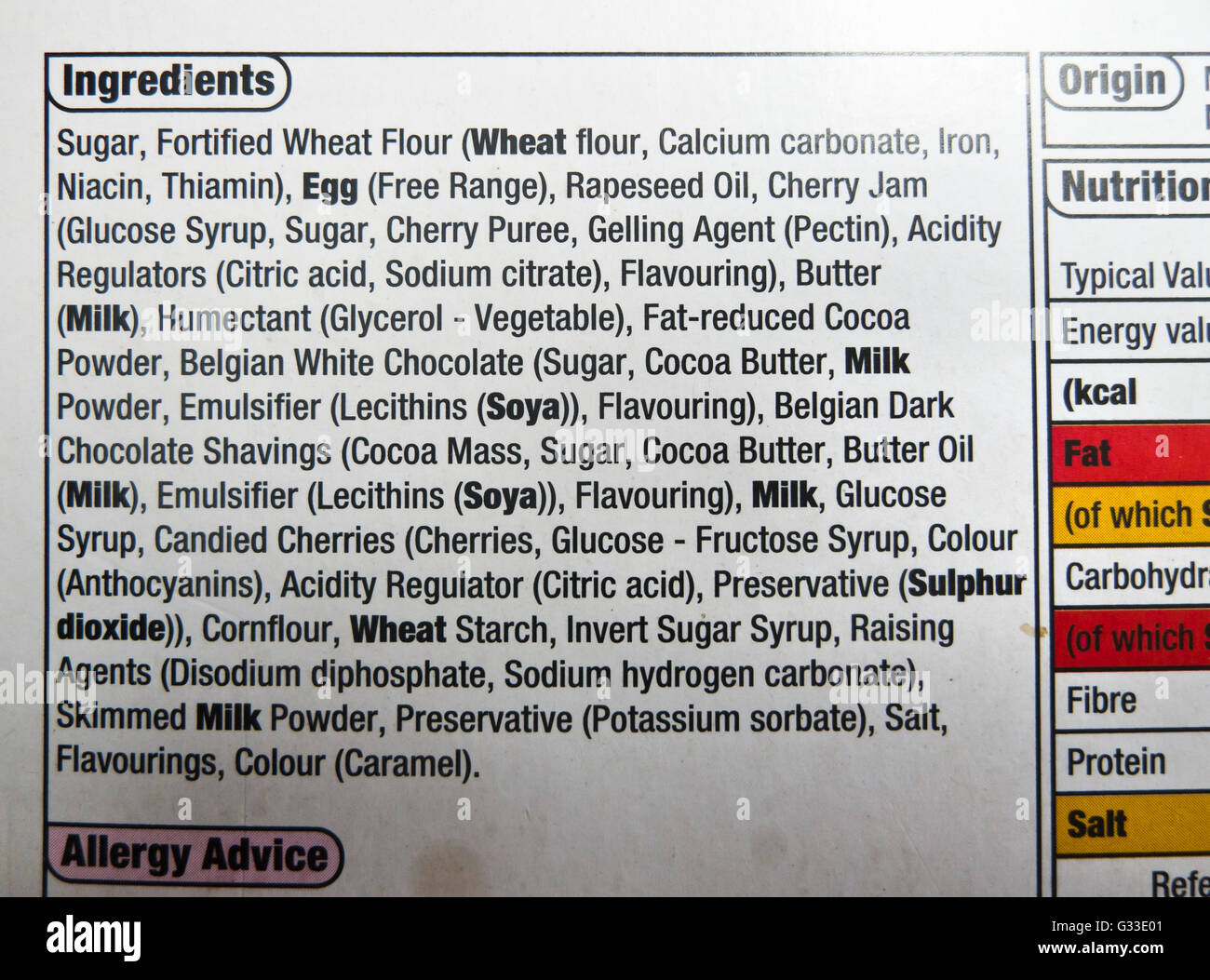
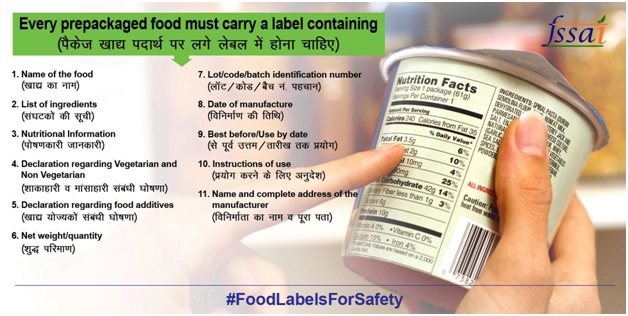

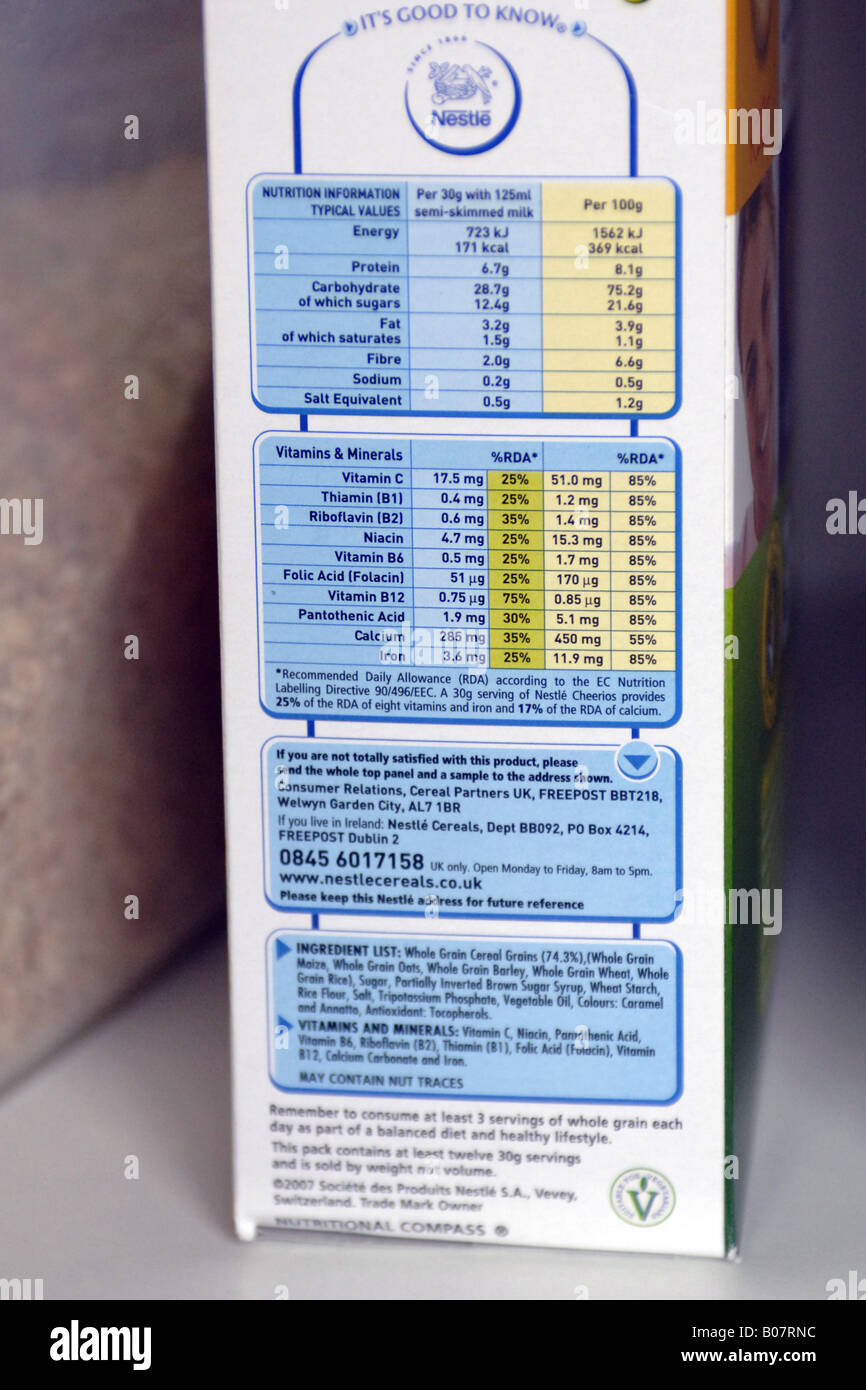
/Food-label-Envision-575f13f25f9b58f22ee9a2dc.jpg)






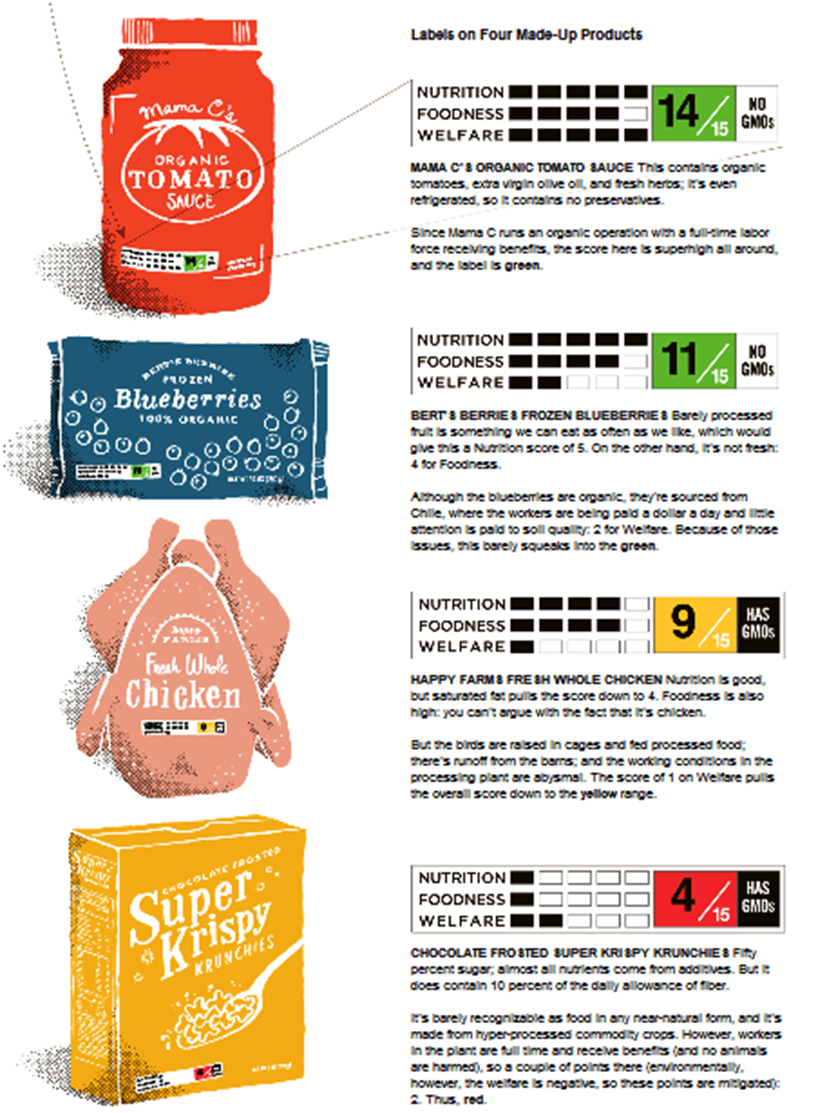

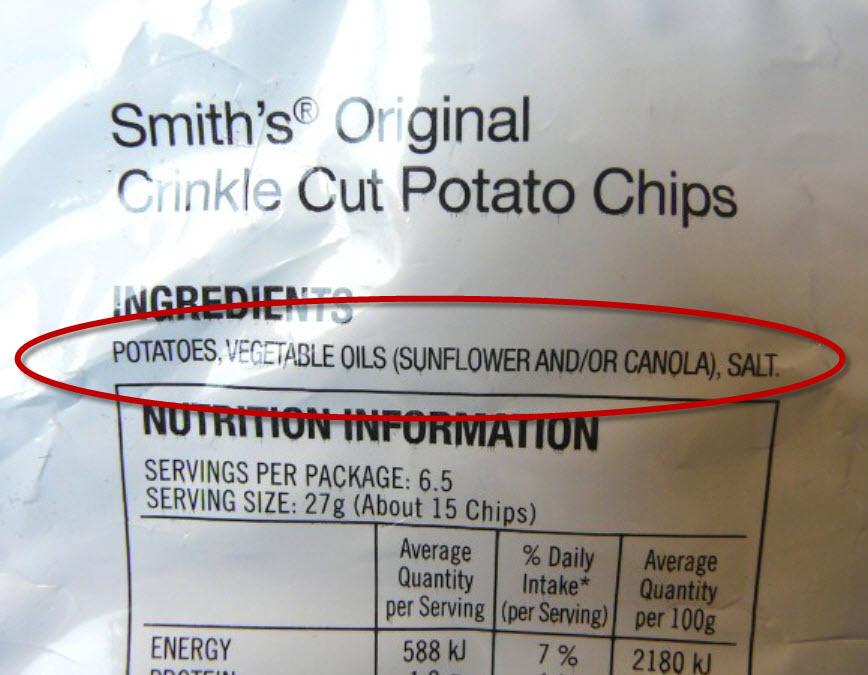
Post a Comment for "38 food labels with additives"